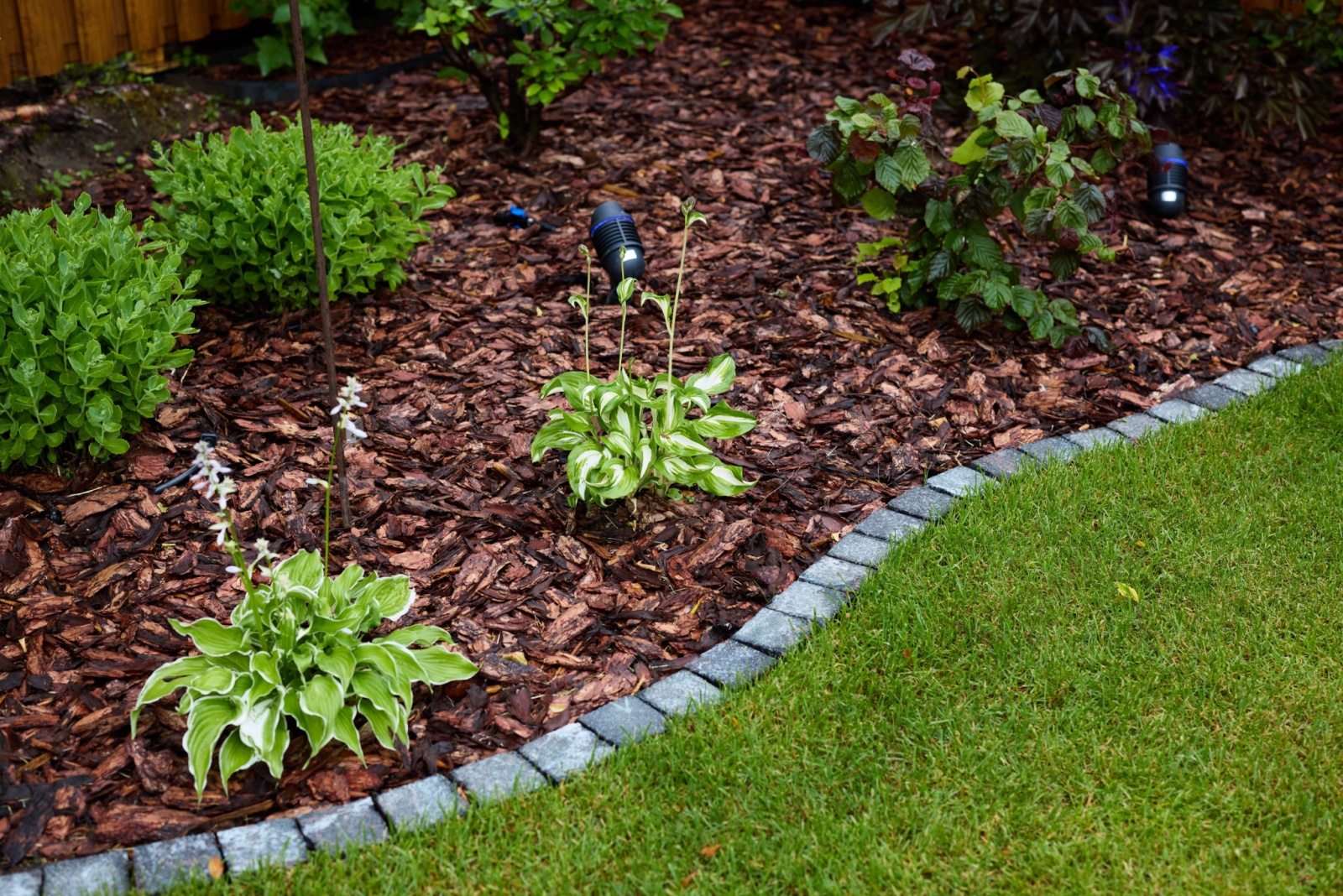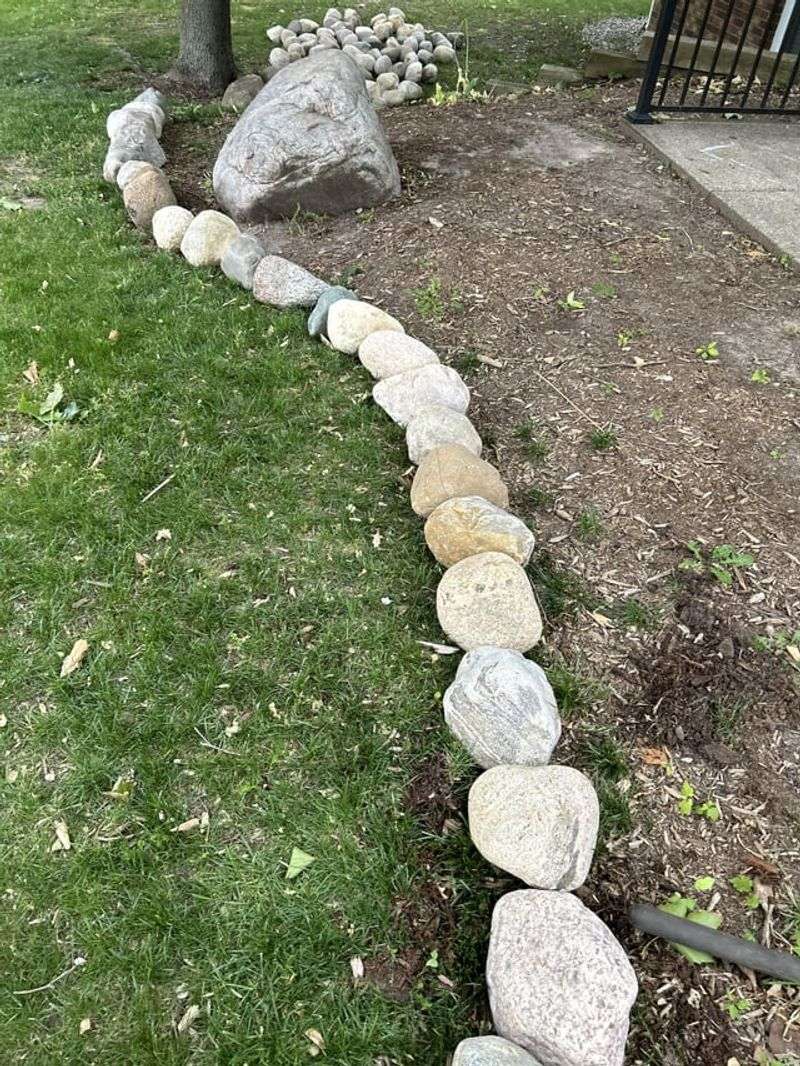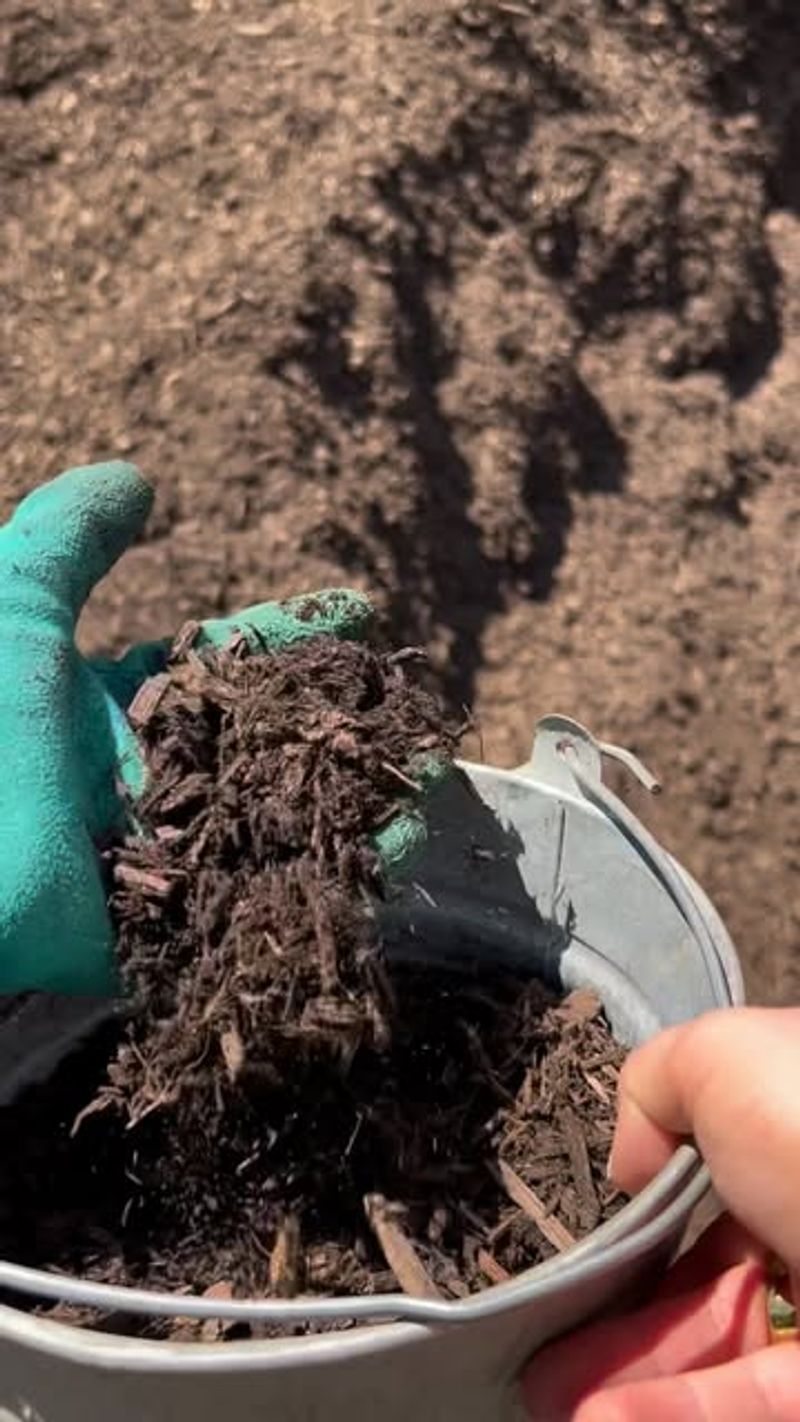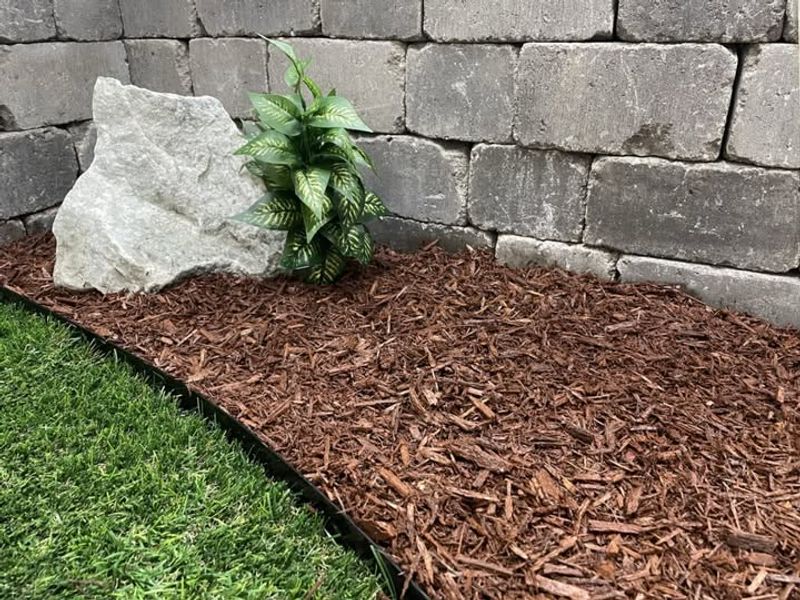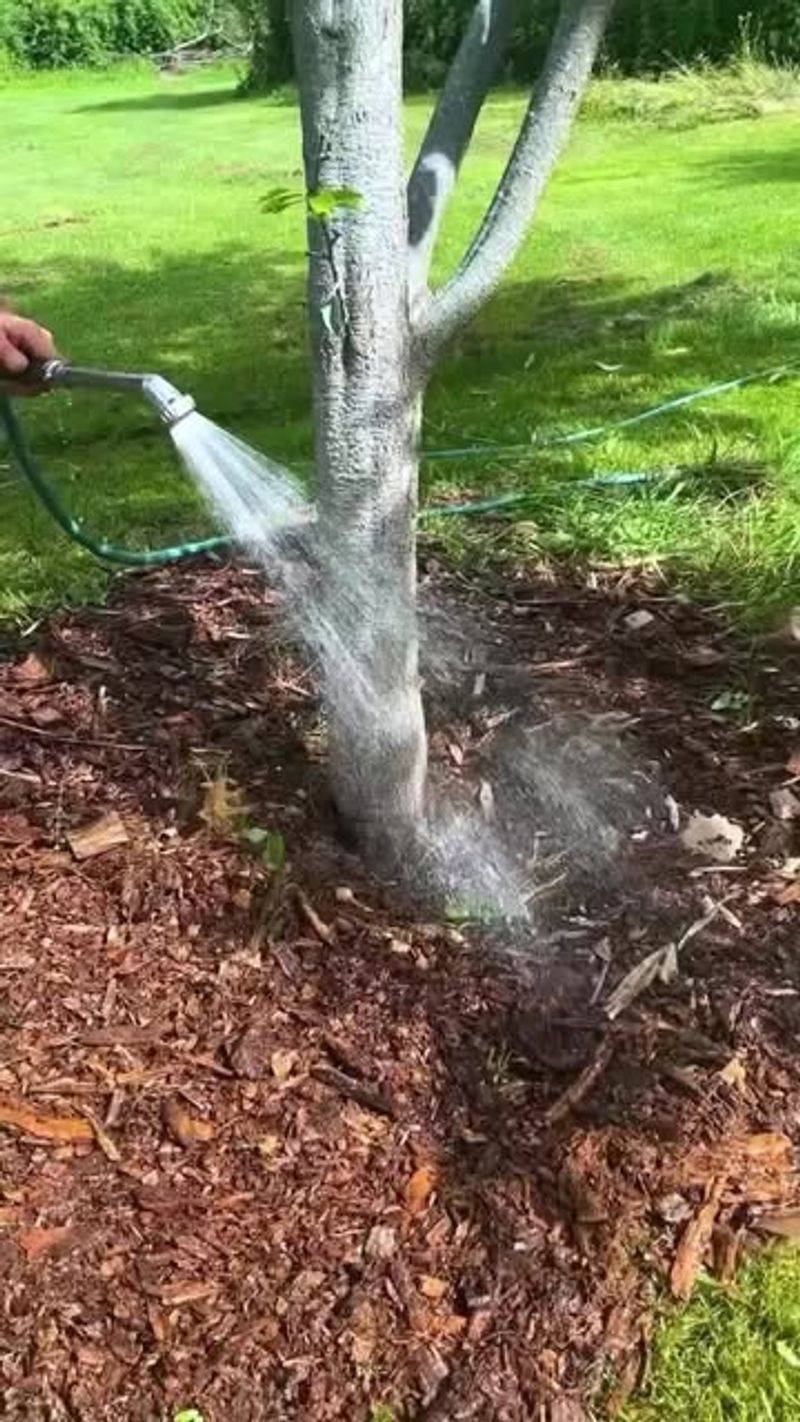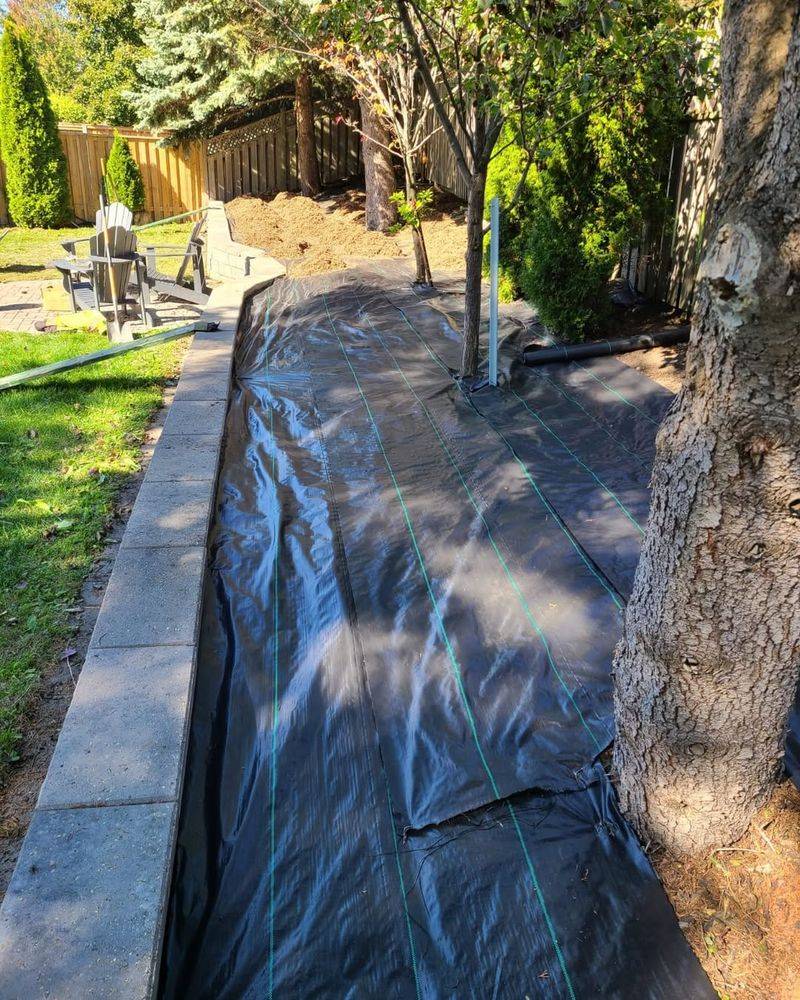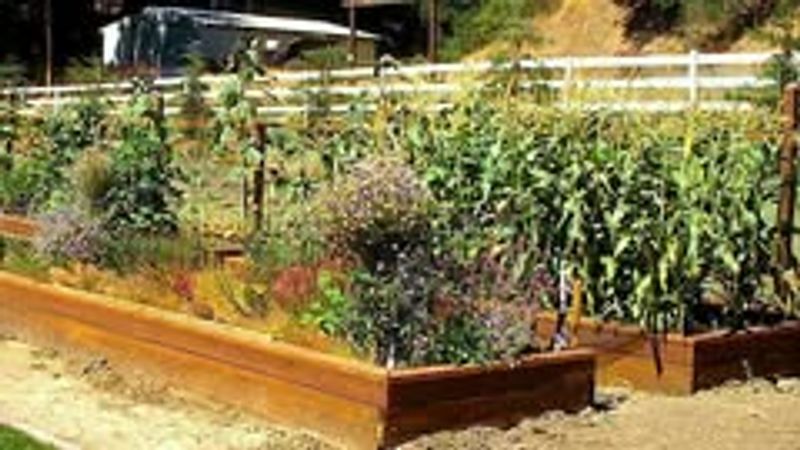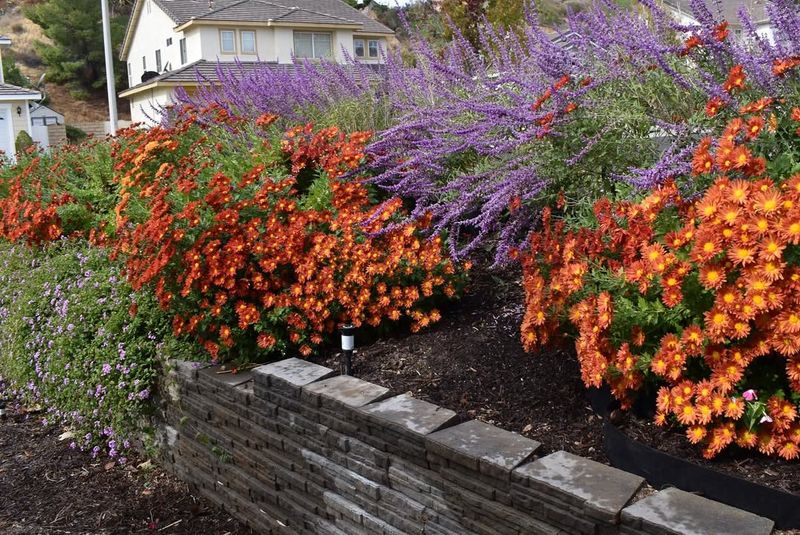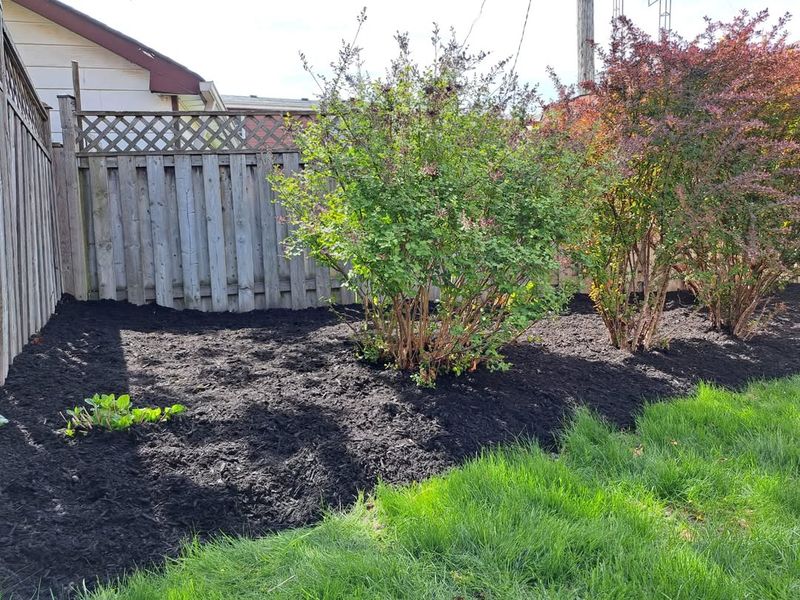Mulch is a gardener’s best friend, helping to lock in moisture, block weeds, and keep soil temperatures steady. But if you’ve ever watched your carefully spread mulch wash away after a rainstorm or scatter across the lawn, you know how frustrating it can be.
Kentucky’s weather can be unpredictable, with heavy spring rains and gusty winds that love to move mulch around.
1. Edge Your Garden Beds With Borders
Installing a physical barrier around your garden beds creates a wall that holds mulch exactly where you want it. Plastic edging, stone borders, or metal strips work beautifully to contain mulch and give your beds a clean, finished look.
Kentucky gardeners appreciate how borders also prevent grass from creeping into flower beds. The barrier keeps everything tidy while reducing maintenance time. Choose materials that match your garden’s style and budget for best results.
2. Apply Mulch At The Right Depth
Too much mulch can actually work against you, creating a loose pile that shifts easily with wind and rain. A layer between two to four inches deep provides excellent coverage without becoming unstable or suffocating plant roots.
In Kentucky’s climate, this depth also helps regulate soil temperature through seasonal changes. Spread mulch evenly across beds, keeping it slightly away from plant stems to prevent rot. Proper depth means your mulch stays put longer.
3. Choose Heavier Mulch Materials
Not all mulch is created equal when it comes to staying in place. Shredded hardwood bark and larger wood chips resist wind and water movement far better than lightweight pine straw or fine shredded materials that scatter easily.
Many Kentucky gardeners prefer hardwood mulch because it breaks down slowly and adds nutrients to the soil over time. Bark nuggets are another excellent choice for sloped areas where erosion is a concern.
4. Water Mulch After Application
A good soaking right after you spread fresh mulch helps it settle and knit together, making it much less likely to blow away. The moisture causes wood fibers to swell slightly and lock into neighboring pieces, creating a more stable mat.
This simple step takes just minutes but makes a noticeable difference in how well your mulch stays put. Kentucky’s spring rains will eventually do this naturally, but giving it a head start saves you from immediate displacement.
5. Use Landscape Fabric Underneath
Laying down landscape fabric or weed barrier before adding mulch creates friction that keeps everything in place. The fabric grips the mulch from below while also blocking weeds from pushing through, giving you double protection.
Make sure to secure the fabric with landscape staples around the edges and any seams. Kentucky gardeners find this method especially helpful on slopes where gravity constantly pulls mulch downward. Just ensure the fabric is permeable so water can still reach plant roots.
6. Create Contoured Beds Instead Of Slopes
Flat or gently contoured beds hold mulch far better than steep slopes where gravity does its best to move everything downhill. If your Kentucky garden has natural slopes, consider terracing or creating level pockets where mulch can rest without constant sliding.
Retaining walls, large rocks, or timber edging can help you build these level areas. The investment pays off with mulch that stays where you place it season after season.
7. Interlock Mulch With Existing Vegetation
Plant roots and low-growing groundcovers act as natural anchors that hold mulch in place remarkably well. When you spread mulch around established perennials, hostas, or spreading plants, their stems and roots create a network that traps mulch particles.
Kentucky gardeners with mature gardens notice less mulch movement than those with sparse plantings. As your plants grow and fill in, they’ll increasingly help stabilize your mulch layer. Strategic planting benefits both your plants and your mulch.
8. Replenish And Maintain Regularly
Even the best-placed mulch breaks down over time, becoming thinner and more prone to displacement. Adding a fresh inch or two each year keeps your mulch layer thick enough to resist wind and water while continuing to provide benefits to your soil.
Spring is typically the best time for Kentucky gardeners to refresh mulch, right before the growing season kicks into high gear. Regular maintenance prevents the frustration of starting from scratch when mulch disappears completely.

